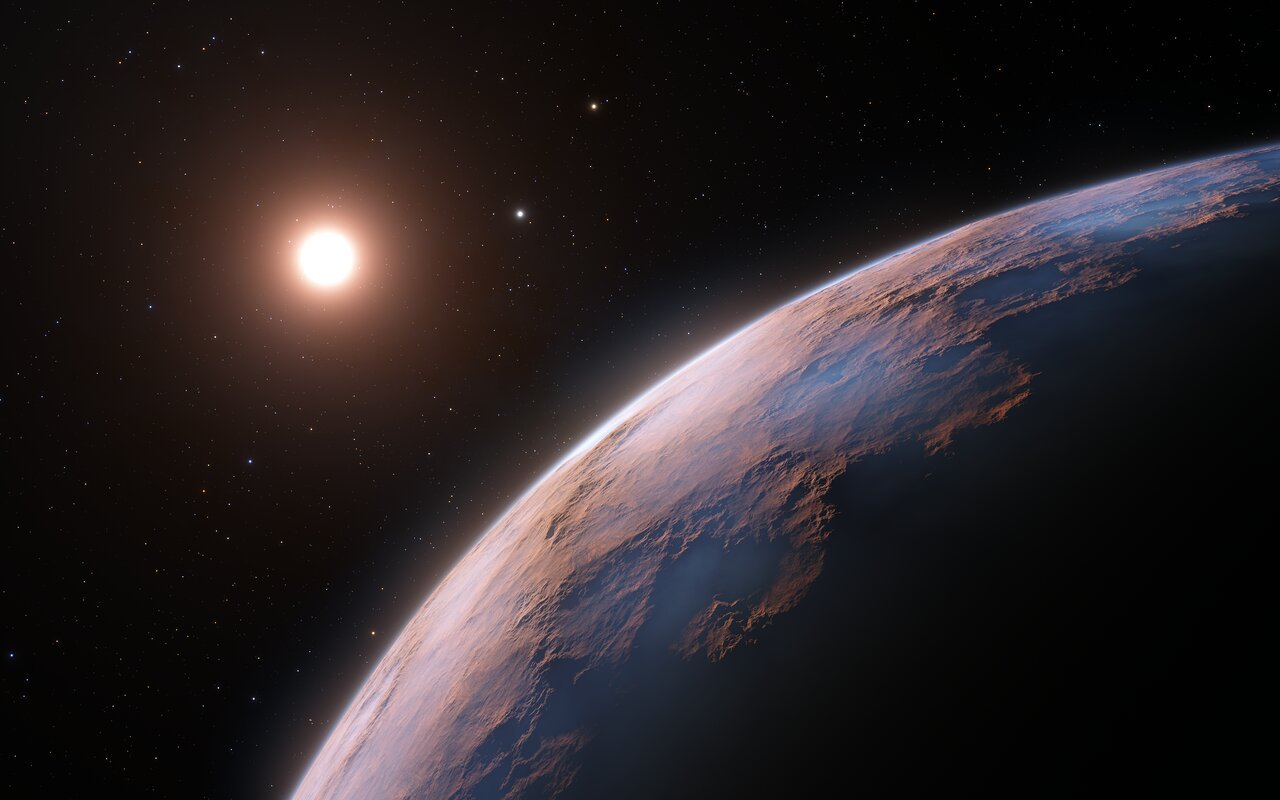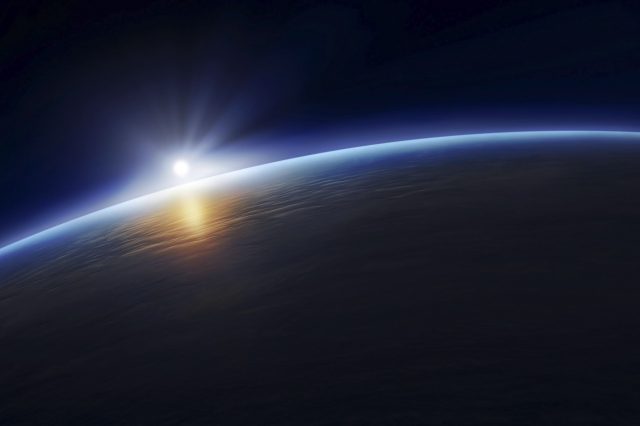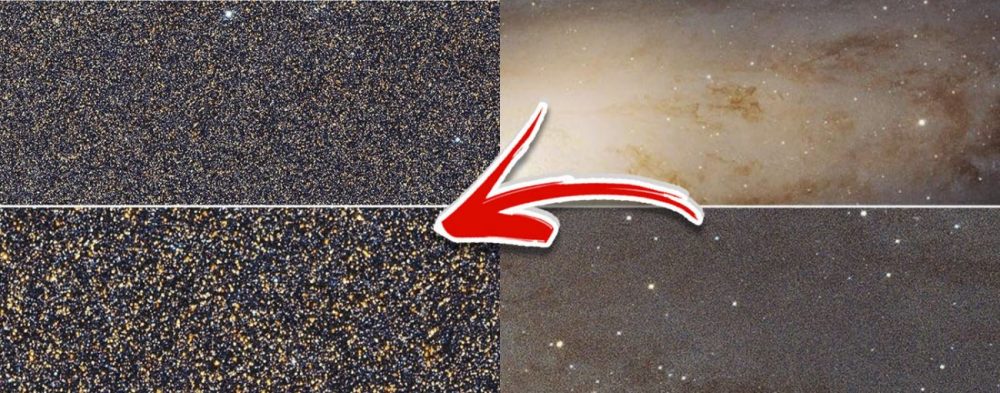Proxima b quickly became a celestial superstar. Roughly 1.3 times the size of Earth, scientists speculated that it might have a solid, rocky surface similar to our home planet.
Back in the sunny days of August 2016, something extraordinary unfolded at the La Silla Observatory. It was a moment that would change our understanding of the universe forever. The astronomers there made an announcement that captured the imaginations of people around the world. They had found a planet, and not just any planet—it was a world quite similar to our own Earth, and it was circling the nearest star to our solar system, Proxima Centauri. They called it Proxima b. Although there is somewhat confusing data now, most experts agree that Proxima b is habitable indeed.
Proxima b quickly became a celestial superstar. Roughly 1.3 times the size of Earth, scientists speculated that it might have a solid, rocky surface similar to our home planet. The prospect of a world so akin to Earth was exhilarating. It raised questions about whether Proxima b could be a new home for life as we know it. Proxima b’s location, though, was nothing short of mind-boggling—it resided more than four light-years away from Earth, which is roughly 25 trillion miles. But distance didn’t deter the dreamers and explorers among us. An audacious program named Breakthrough Starshot was born, thanks to the visionary minds of philanthropist Yuri Milner and the late cosmologist Stephen Hawking. Suddenly, for the first time in history, reaching for the stars seemed possible in more ways than one.
Breakthrough Starshot: A Bold Endeavor
Breakthrough Starshot was no ordinary space mission. It aimed to send small probes, no thicker than a human hair, hurtling through space using the power of laser beams. These tiny explorers would be equipped with parachutes that would be inflated by laser beams, propelling them on their journey. The goal? To achieve a remarkable speed—about 20% of the speed of light. In essence, humanity was embarking on a journey of epic proportions that would span two decades.
However, interstellar travel presented an immense challenge—cosmic distance. The vast expanses between celestial objects, measured in light-years, were daunting. Even our most advanced technology could only propel us so far into the cosmic unknown. Yet, questions persisted about the potential for advanced civilizations to have overcome these interstellar hurdles, igniting the tantalizing hope of contact with extraterrestrial beings.
This is where the concept of wormholes entered the cosmic stage. Wormholes were like cosmic shortcuts, bending space and time in ways that could make interstellar travel not just shorter but nearly instantaneous. Astrophysicists, pushing the boundaries of theoretical physics, explored the possibility of unlocking the secrets of these cosmic tunnels.
Wormholes: A Space-Time Phenomenon
At the heart of the idea was the bending of space itself. According to Albert Einstein’s theory of general relativity, space could fold over on itself, creating a tunnel that connected distant parts of the universe. This tunnel, aptly named a wormhole, was the stuff of science fiction dreams—a conduit that could potentially allow us to traverse the cosmos in the blink of an eye.
In this vision of interstellar travel, spacecraft equipped with the ability to create wormholes promised journeys of incredible speed. Theoretical trajectories hinted at the possibility of crossing vast cosmic distances in a matter of hours or even seconds. It begged the question: Could ancient civilizations, far more advanced than our own, have mastered the art of space travel eons before us? And if so, could they have journeyed to Earth, leaving behind clues of their cosmic odyssey? The cosmos held its secrets close, enticing explorers with its mysteries, waiting for us to unravel its enigmas.
So remember this: As humanity continues to peer into the cosmos, our quest for knowledge knows no bounds. The universe beckons, offering us the chance to uncover its deepest secrets, and we eagerly accept the challenge. Are you ready?





